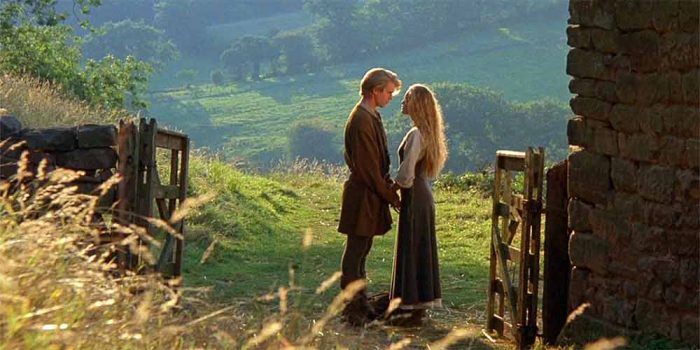Thursday April 27
Comedy fundraiser at the LIM
Long Island Museum, 1200 Route 25A, Stony Brook hosts a Laugh Till You Give! comedy fundraiser in the History Museum featuring comedy legend Bobby Collins at 6:30 p.m. $100 per ticket includes wine, beer, refreshments and appetizers. Proceeds support the LIM’s education programs and exhibitions. To order, visit www.longiwlandmuseum.org. For more info, call 631-751-0066, ext. 247.
Long Island Guitar Festival
The Long Island Guitar Festival continues tonight at the Setauket Presbyterian Church, 5 Caroline Ave., Setauket at 7:30 p.m. and runs through April 30. Scheduled performers include Berta Rojas, Laura Snowden, João Luiz & Friends Quartets, Boyd Meets Girl, Harris Becker, James Erickson, Laura Lessard, Octavio Deluchi, Gabriele Leite, Eduardo Gutterres, Penelope Shvarts, The Hofstra University Chamber Choir and many more. Master Classes will be given by Laura Snowden and João Luiz and luthier Brian Itzkin will lead a discussion/Q&A on Guitar Building in Granada, Spain. For a full schedule of events and tickets, visit www.ligfest.net.
Friday April 28
Long Island Guitar Festival
See April 27 listing.
SBU Roth Regatta
Stony Brook University, 100 Nicolls Road, Stony Brook hosts its 34th annual Roth Regatta at Roth Pond at Roth Quad from 1 to 4:30 p.m. with a pregame opening at noon. A Stony Brook University tradition since 1989, the event showcases students in single, two and four-person homemade cardboard boats trying to sail across the campus’ 200-yard Roth Pond in a high-spirited and festive competition that marks the beginning of final exams.
An Evening of Jazz
The Jazz Loft, 275 Christian Ave., Stony Brook presents jazz fusionist trombonist Ray Anderson in concert at 7 p.m. Anderson’s performance is part of the launching of the Jazz Loft’s new Institute for New Music, an affiliate of the Jazz Loft, which will serve as an “musical and artistic incubator” by providing time and space to new artists in a supportive setting. Anderson will be joined by Mark Helias on bass and Moshe Elmakias on piano. Tickets are $30 adults, $25 seniors, $20 students $15 children at www.thejazzloft.org.
Hawaiian/Polynesian Night
Join the Leo P. Ostebo Kings Park Heritage Museum for a Hawaiian/Polynesian Night at the RJO School auditorium, 99 Old Dock Road, Kings Park at 7 p.m. Featuring dance performances by Island Inspiration NY and Ohana Mokuloa. Free admission/donations appreciated. Visit www.kpheritagemuseum.net or call 631-269-3305 for more information.
Symphony Orchestra concert
The Northport Symphony Orchestra, under the direction of guest conductor Eric Mahl, will present a concert of classical music concert at Northport High School, 154 Laurel Hill Road, Northport at 8 p.m. Program will include Symphony No. 5 by Pyotr Ilyich Tchaikowsky, as well as compositions by Samuel Taylor-Coleridge and Ernest Chausson. Tickets are $10 at the door. Visit www.northportsymphony.org.
Friday Night Face-Off
Friday Night Face Off, Long Island’s longest running Improv Comedy Show, returns to Theatre Three’s Second Stage, 412 Main St., Port Jefferson tonight at 10:30 p.m. Using audience suggestions, FNFO pits two teams of improvisers against each other in an all-out championship! Recommended for ages 16 and up, due to adult content. Tickets are $15 at the door – cash only. Call 631-928-9100 for further details.
Saturday April 29
Long Island Guitar Festival
See April 27 listing.
Outdoor Thrift Garage Sale – This event has been postponed to May 6.
Sweetbriar Nature Center, 62 Eckernkamp Drive, Smithtown hosts an Outdoor Thrift Garage Sale fundraiser from 9:30 a.m. to 2:30 p.m. around the double garage in the Sweetbriar parking lot. Featuring household items, bric-a-brac, antiques, collectibles and other treasures! Money goes back into the wildlife center. Call 631-979-6344 for additional information.
Spring Festival at the Hatchery – This event has been postponed to May 6.
Join Cold Spring Harbor Fish Hatchery, 1660 Route 25A, Cold Spring Harbor for a Spring Festival fundraiser from 10 a.m. to 4 p.m. (rain date May 6) Enjoy music, games, kid’s fishing, food, environmental exhibitors and live animal encounters. Admission is $7 adults, $6 seniors, $5 children ages 3 to 12. Call 516-692-6768 for more information.
Arbor Day Walk
Town of Brookhaven hosts an Arbor Day Walk at West Meadow Beach, Trustees Road, Stony Brook at 10 a.m. and again at Cedar Beach 240 Harbor Beach Road, Mount Sinai at 2 p.m. Come take a closer look at the trees that shape the landscape and support the ecosystem on these beautiful north shore peninsulas. Bring binoculars to better see the birds and animals that live in or visit these trees. Free but registration is required by emailing [email protected].
Middle Country Community Festival – This event has been postponed indefinitely.
Join the Greater Middle Country Chamber of Commerce for a Community & Music Festival at the Centereach Turf Field, Elks Club Lodge parking lot and surrounding areas along Horseblock Road in Centereach from 10 a.m. to 6 p.m. Enjoy musical entertainment featuring SouthBound and The Band Easy Street, craft and business vendor tables, food trucks, beer garden, children’s activities and much more. Held rain or shine. Admission for ages 12 and over is $5. For more information, call 631-681-8708.
Antiques and Garden Weekend
Port Jefferson Historical Society presents the 15th annual Antiques and Garden Weekend at the Port Jefferson Village Center, 101A E. Broadway, Port Jefferson today and April 30 from 10 a.m. to 5 p.m. featuring estate and antique Jewelry, quilts, folk art, furniture, vintage linens, artwork, depression glass, memorabilia, retro items, vintage garden items and Suwassett Garden Club Plant Boutique. Admission is $6. For more information, visit www.portjeff-antiques-garden.net or call 631-473-2665.
Astronomy Day at the Vanderbilt
The Vanderbilt Reichert Planetarium, 180 Little Neck Road, Centerport will celebrate Astronomy Day 2023, an international celebration of educational programs designed to engage audiences in the awe-inspiring fields of Earth and space science, from 11 a.m. to 3 p.m. with crafts, science demos, planetarium shows, solar observing and more. Astronomy Day continues in the evening from 8 to 10 p.m. in the Rose Garden adjacent to the planetarium where visitors will have a chance to see close up views of the Moon and other celestial highlights in the nighttime sky. Daytime activities are free to all visitors who pay general admission. Evening observing is free. Visit www.vanderbiltmuseum.org for more info.
Tea with a Spot of History
Three Village Historical Society continues its Tea with a Spot of History series with a presentation titled The Bald Eagle Comeback on Long Island with Patricia Paladines, co-president of the Four Harbors Audubon Society, at noon. RSVP at [email protected] or call 631-751-3730.
Spring Carnival Fundraiser
Smithtown Nursery School, 490 North Country Road, St. James invites the community to a Spring Carnival Fundraiser from 1 to 4 p.m. with games, face painting, cotton candy, raffle baskets, and a special animal presentation by Sweetbriar Nature Center at 1 p.m. Tickets are $15 adults, $10 per child, children under 2 FREE. Call 631-584-6767 for further details.
Little Shelter Anniversary Celebration – This event has been postponed to May 6.
Join Little Shelter Animal Rescue & Adoption Center, 33 Warner Road, Huntington in celebrating its 96t anniversary with a sweet-treat extravaganza and Garden Party at 3 p.m. Held rain or shine. Call 631-368-8770 for further info.
Night at the Races
Selden FD Dixon Engine Company 3, 44 Woodmere Place, Selden hosts a Night At The Races at 6 p.m. with the first race at 7 p.m. $10 donation gets you one free bet and chance to win a door prize. Complimentary beer, wine, soda and hot dogs. For more information, call 631-732-1234.
Chamber Choir Concert
The North Shore Chamber Choir presents a spring concert celebrating contemporary composers at the First Presbyterian Church, 107 South St., Port Jefferson at 7 p.m. Program will feature the world premiere of the choral work, “On Being Human,” by Brian Dozier Brown as well as original works by Chelsea Lowe, Ben Yee-Paulson and Voss. Selections from Eric Whitacre, Morten Lauridsen and Gustav Holst. The concert will also feature the Long Island Brass Guild, accompanying the choir as it performs John Rutter’s “Gloria.” A reception will follow. Tickets are $20, available at the door. A second spring concert will be held at St. John the Baptist Church, 1488 North Country Road, Wading River on April 30 at 7 p.m. (free will donation). For more info, email [email protected].
Sunday April 30
Long Island Guitar Festival
See April 27 listing.
Antiques and Garden Weekend
See April 29 listing.
Chamber Choir Concert
See April 29 listing.
Caumsett Hike
Join the staff at Caumsett State Historic Park Preserve, 25 Lloyd Harbor Road, Huntington for a 6-mile hike through the Eastern section of the park from 9:45 to 11:45 a.m. to observe the parks beauty. Adults only. $4 per person. Registration is required by calling 631-423–1770.
Spring Village Craft Fair – This event has been postponed to May 7.
Smithtown Historical Society, 211 E. Main St., Smithtown hosts a Spring Village Craft Fair from 10 a.m. to 4 p.m. with over 100 vendors featuring crafts, home décor, jewelry and more with festival food and live music. Free admission. Rain date is May 7. For more information, call 631-846-1459.
Silver Chords concert
The Silver Chords presents a free concert, The Times They Are A-Changin’, A Journey Through the Changing World of Music and Culture, at the Moose Lodge, 631 Pulaski Road, Greenlawn at 2 p.m. with fabulous gift basket raffles. Call 631-816-5813 for more details.
Classical Music Concert
Unitarian Universalist Fellowship at Stony Brook, 380 Nicolls Road, E. Setauket will host a Le Petit Salon de Musique classical music concert featuring acclaimed pianist and Yamaha featured artist Alexandria Le at 2 p.m. Tickets are $20 adults, $15 students with valid I.D., $10 for children ages 12 and under at the door or at www.lepetitsalon.org. Please call 631-751-0297 for group pricing (10 or more).
Monday May 1
No events listed for this day.
Tuesday May 2
University Orchestra Concert
Stony Brook University’s Staller Center for the Arts, 100 Nicolls Road, Stony Brook hosts a University Orchestra concert on the Main Stage at 7:30 p.m. Conducted by Susan Deaver, the program will include Turina Procession du Rocio, Tchaikovsky Symphony No. 5 and Brahms Violin Concerto with featured soloist Elvina Liu. Tickets are $10 , $5 seniors and students. Call 631-632-2787 to order.
Wednesday May 3
Cinco De Mayo Paint & Sip Nite
Join the Northport Historical Society, 215 Main St., Northport for a Cinco De Mayo Paint & Sip Nite at 6 p.m. Society Director and local artist Caitlyn Shea leads you on a painting adventure using margarita glasses as your canvas! $50 per person includes paint supplies, smocks and Cinco de Mayo-themed beverages. For ages 21+ only. To register, visit www.northporthistorical.org. For more information, call 631-757-9859.
Thursday May 4
SCCC Spring Concert
Suffolk County Community College’s Ammerman Department of Music, 533 College Road, Selden invites the community to a free spring concert in the Shea Theatre of the Islip Arts Building at 7 p.m. featuring a contemporary music ensemble, jazz ensemble and symphonic band. No tickets required.
Theater
‘Pride@Prejudice’
Theatre Three, 412 Main Street, Port Jefferson, presents the Long Island premiere of Pride @ Prejudice from April 7 through May 6. Watch Elizabeth Bennet and Mr. Darcy fall in love all over again — this time filtered through the world of the internet. Five actors play nearly two dozen roles in this hilarious and moving homage to Jane Austen’s most beloved novel, Pride and Prejudice. Tickets are $35 adults, $28 seniors and students, $20 children ages 5 and up. To order, call 631-928-9100 or visit www.theatrethree.com.
‘The Scarlet Pimpernel’
The swashbuckling musical adventure The Scarlet Pimpernel heads to the John W. Engeman Theater, 250 Main St., Northport from March 16 to April 30. Percy Blakeney, a proper Englishman, takes on a sword fighting and dashing double identity as The Scarlet Pimpernel to save French citizens from the blood-hungry guillotine. His exploits soon become the talk of Paris, however, the fanatical Agent Chauvelin will stop at nothing to catch the Pimpernel and send him to the guillotine. Tickets range from $80 to $85. To order, call 631-261-2900 or visit www.engemantheater.com.
Film
‘Radioactive …’
Join the Cinema Arts Centre, 423 Park Ave., Huntington for a special screening of a new local documentary, Radioactive: The Women of Three Mile Island, on April 29 at 7 p.m. Compelling and significant, the film explores the worst commercial nuclear accident in U.S. history, and the grassroots movement to prevent the nuclear power industry from covering it up. A panel discussion, Q&A and reception with director Heidi Hutner, stars Beth Drazba, Paula Kinney, Linda Braasch, Joyce Corradi, Joanne Doroshow, and editor & producer Simeon Hutner will follow. Tickets are $19, $14 members at www.cinemaartscentre.org.
‘Singin’ in the Rain’
Celebrate St. James continues its Classic Movie Series at the Calderone Theatre, 176 Second St., St. James with a viewing of Singin’ in the Rain on April 30 at 1 p.m. followed by insights, commentary and discussion. Light refreshments will be served. Tickets are $25 per person, $20 seniors. To register, visit www.celebratestjames.org. Questions? Call 631-984-0201.
‘Kiss the Ground’
Cinema Arts Centre, 423 Park Ave., Huntington will screen the documentary Kiss the Ground on April 30 at 3 p.m. Presented as part of Huntington Interfaith Climate Week, Kiss the Ground is an inspiring and groundbreaking film that reveals the first viable solution to our climate crisis. Narrated by Woody Harrelson. Followed by a discussion with stewardship program advisor and teacher Don Smith via Zoom. Tickets are $8 at www.cinemaartscentre.org.
‘Names, Not Numbers’
Suffolk Y JCCC. 74 Hauppauge Road, Commack invites the community to the premiere screening of a student produced Holocaust documentary Names, Not Numbers at Stage 74 on April 30 at 4 p.m. Featuring inspiring stories of survival from Mrs. Pearl Friend Mrs. Irene Halegua and Mr. Meir Usherovitz. Tickets are $25 in advance at www.syjcc.org, $36 at the door, free for students under age 18. Questions? Call 631-462-9800.

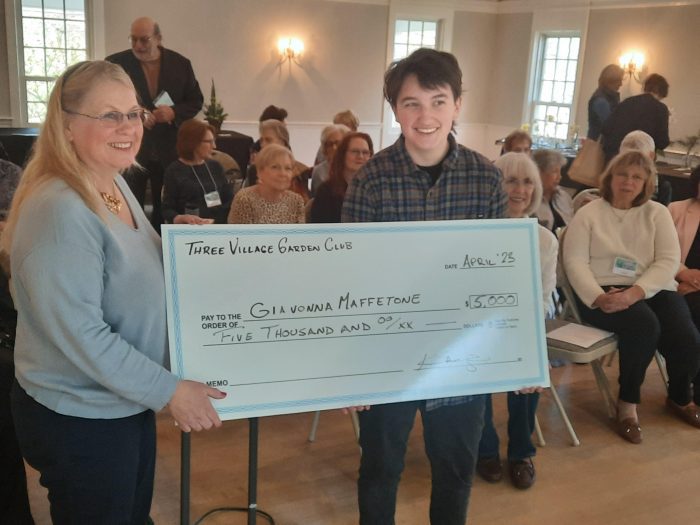
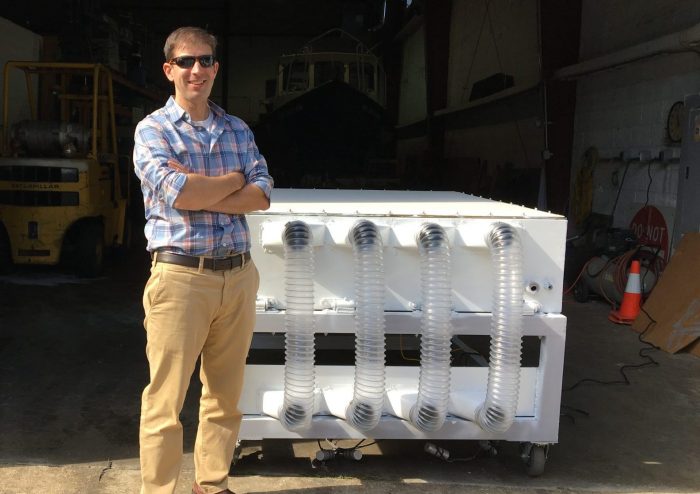

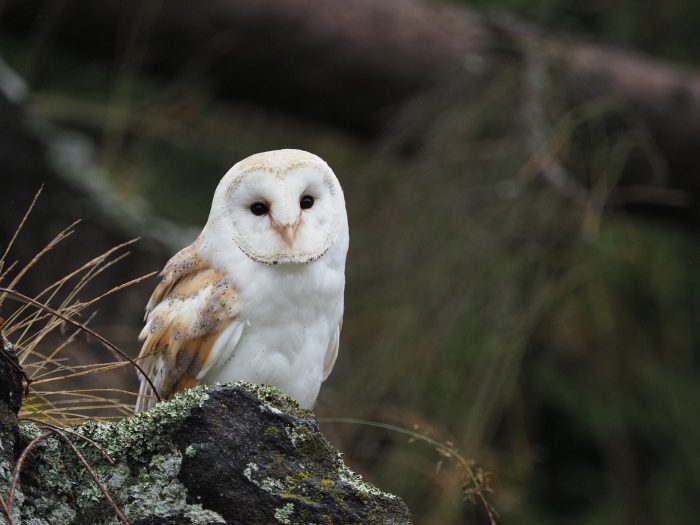



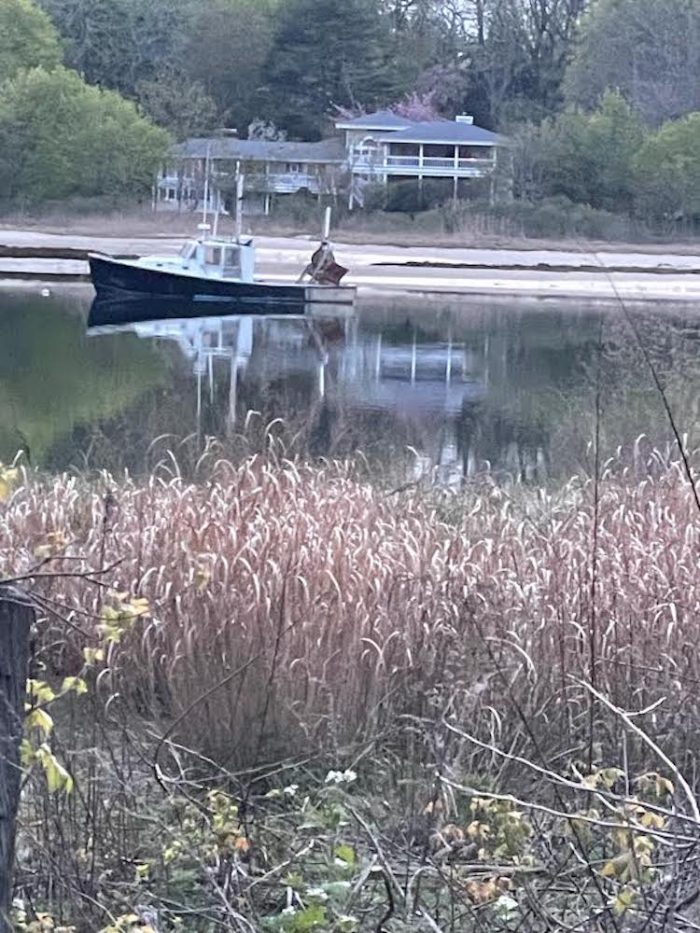


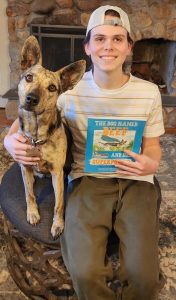
 Did you have pets growing up?
Did you have pets growing up?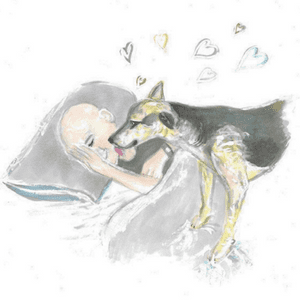 Why did you decide to write a book about your experience?
Why did you decide to write a book about your experience? What was it like for you when the book arrived?
What was it like for you when the book arrived?

